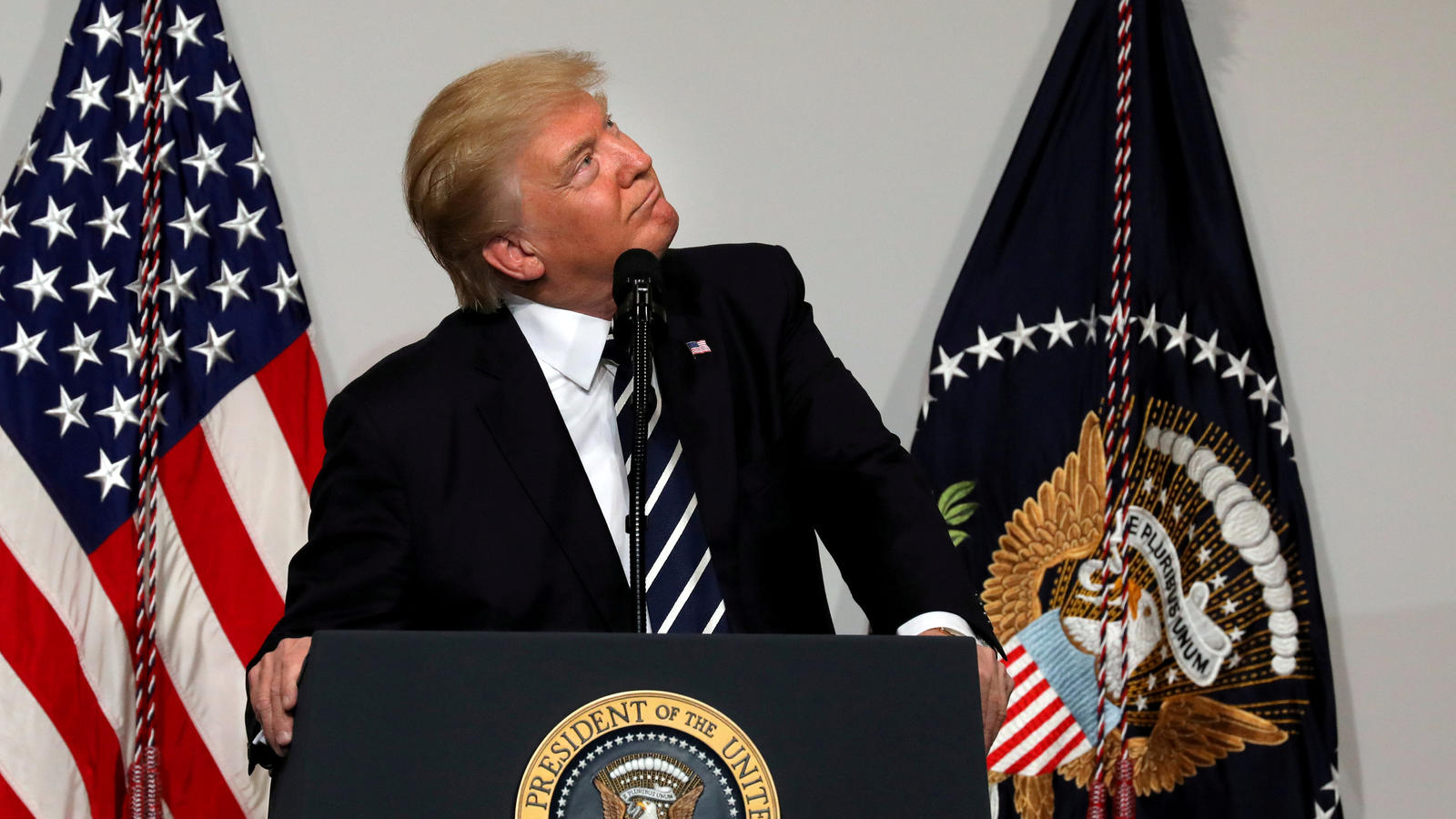The US economy may be in a better shape than Friday’s first-quarter figures will probably indicate, but getting the growth that President Donald Trump wants is becoming even more difficult.
Gross domestic product probably expanded at a 1% annualized rate from January through March, according to the median forecast in a Bloomberg survey of economists. As some transitory drags dissipate, economists project a second-quarter rebound similar to the pattern of the past three years.
Beyond the quarterly gyrations and a surge in optimism, annual estimates show just 2.2% to 2.3% growth through 2019, a tad above the average pace during the almost eight-year expansion.
While consumer spending will keep underpinning a moderately growing economy, Trump’s goal of 3% to 4% sustained expansion looks increasingly out of reach. For starters, the US faces longer-term constraints such as slowing labor-force growth, and productivity remains stubbornly weak.
On top of that, though some regulations have eased and Trump’s trade rhetoric has softened, there has been little real action on major policy changes such as tax cuts, health-care reform and infrastructure investment, which are among the president’s top priorities.
Temporary Drag
“We’re in more of a steady state for the economy,” said Scott Brown, Raymond James Financial Inc.’s chief economist in St. Petersburg, Florida. While the economy is in decent shape despite a weak first quarter, “not much at all has happened on policy,” he said.
Trump’s GDP goal “is overly optimistic”, Brown said. “We could get a quarter or two of 3 or 4% growth, but it won’t last.”
On an annual basis, the US last exceeded 3% more than a decade ago.
Last quarter’s GDP weakness likely reflects a temporary drag from lower utility bills and tax-refund delays that weighed on consumer spending, which accounts for about 70% of GDP. The Bloomberg survey projection of a 0.9% pace for consumption would amount to the worst first quarter of the expansion that began in 2009.
While household purchases are forecast to recover amid steady hiring and wage gains, some risks remain for the coming quarters. Automobile sales seem to be plateauing, faster inflation is squeezing Americans’ purchasing power amid tepid wage gains, and the Federal Reserve’s plan to continue raising interest rates will make credit more expensive.
Corporate America has little incentive to accelerate spending as executives wait for lower taxes, an infrastructure boost and deeper cuts to regulations such as those from Dodd-Frank, the 2010 financial oversight law. While consumers are continuing to prop up the economy, getting faster growth calls for a heftier contribution from business investment.


